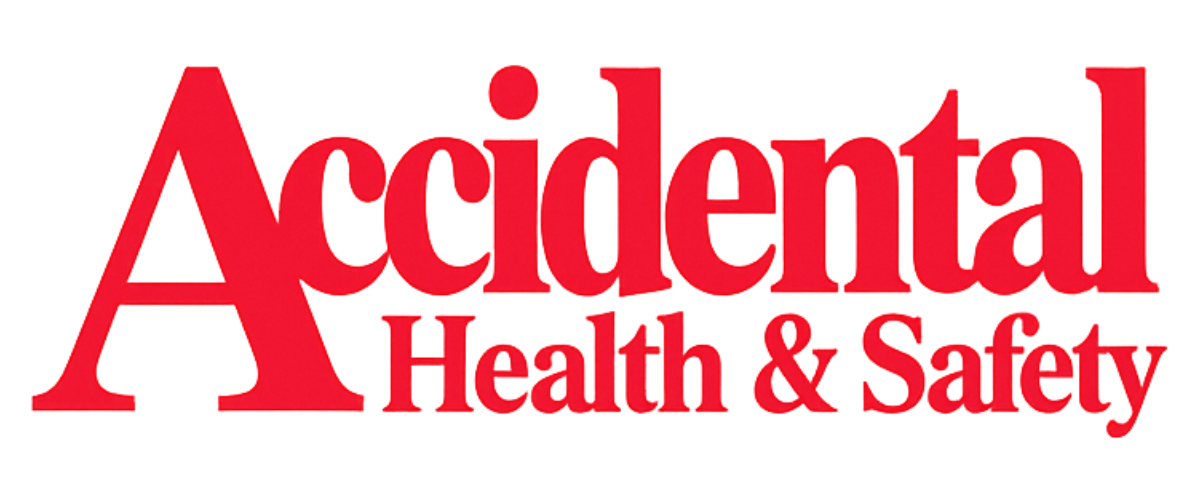Training and Assessment Delivered on Behalf of Allens Training Pty Ltd RTO 90909
First Aid Lifesavers vs. Staying in Your Lane
So you completed a first aid course, or are considering enrolling soon. But a question lingers – what can I legally and safely do during an emergency versus leaving to the real medical heroes? Where are the lines between being a skilled lifesaver yourself or freezing in place worried about mimicking medical dramas unadvisedly? Let’s unpack reasonable responses within proper scope for certified responders.

CPR & Defibrillation
Yes, performing chest compressions combined with deploying an automated external defibrillator sits squarely within trained first aider jurisdiction. Despite dramatic depictions, defibrillators prove extremely safe for bystanders, only activating when detecting a shockable heart rhythm. So when encountering an unresponsive, pulseless person, don’t hesitate to start CPR while sending someone to fetch the nearest AED. Those first crucial minutes fill oxygen needs until professional help arrives – it could genuinely save their life thanks to you!
Bleeding Control
Controlling severe bleeding also constitutes a hallmark, frontline skill – whether from traumatic wounds or medical emergencies. A case study example: When a worker accidentally severed multiple fingers, quick application of firm direct pressure and tightly wound packing by two employee first aiders significantly slowed blood loss before paramedics arrived to transport. Tourniquet use also falls within scope for extremity bleeding unabated by pressure. Buy precious time through proper training!
What Should I Avoid Attempting?

Conversely, most flashy interventions depicted in medical TV dramas demonstrate inappropriate creative license. While slick tracheotomies appear straightforward using a pen on “The Good Doctor”, real cases risk collateral injury without anatomical context and medical oversight. And miracle wilderness amputations tend to succeed less fantastically outside hospital!
Likewise, don’t enter unsafe environments surpassing emergency training. Assess hazards first since you cannot assist if also requiring rescue! For example, attempting to help victims inside a crashed vehicle leaking fuel with live power lines down and oncoming traffic would only produce more patients, so wait for fire and rescue.
In Conclusion
Empower yourself to confidently deliver core first aid interventions within common sense limitations. Enroll in accredited courses offering realistic, hands-on education then review free quick references reinforcing key action steps. With quality training and basic supplies, apply lifesaving assists without overextending capabilities. Then graciously stand aside when the ambo’s arrive.

